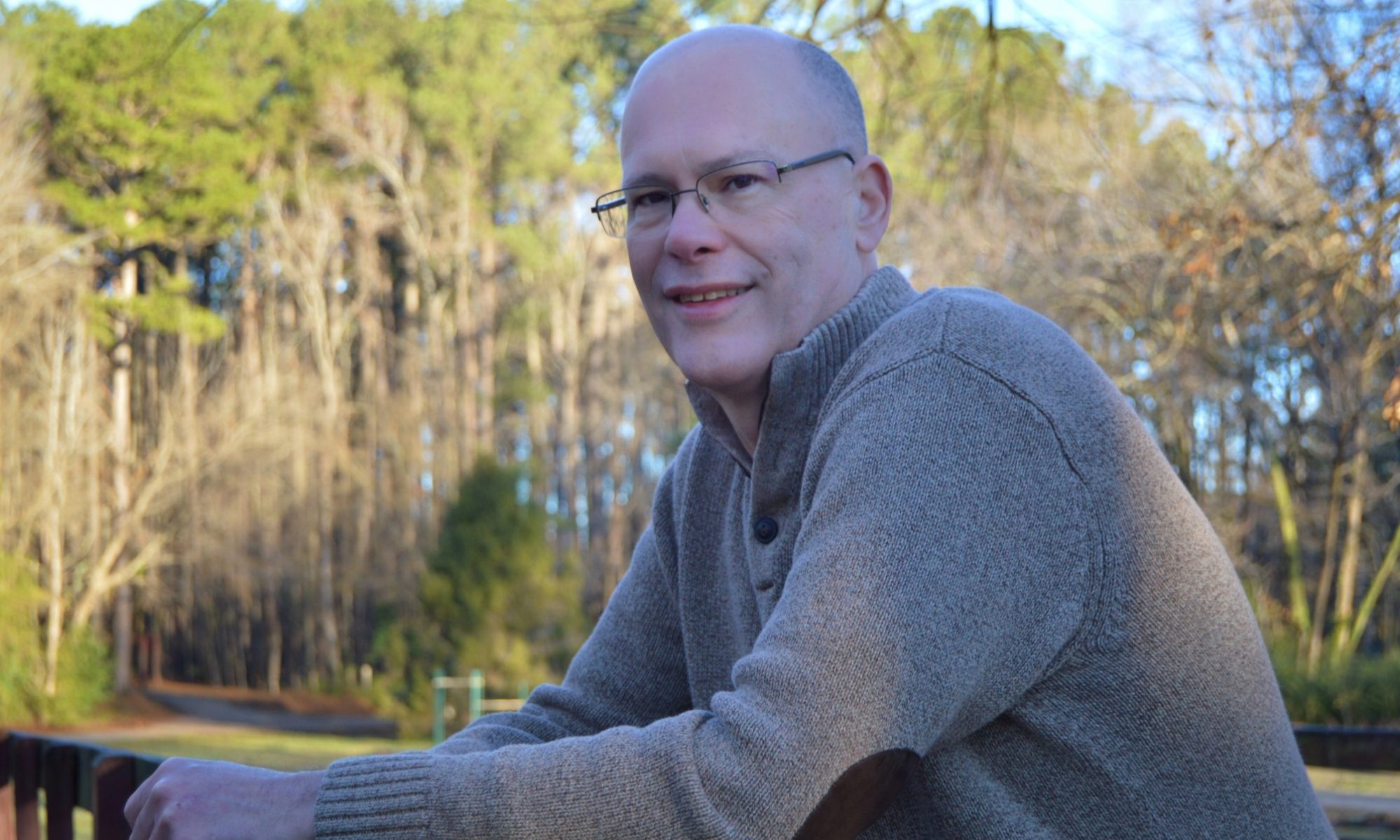By Montie Roland, RTP Product Development Guild
Morrisville — Our firm receives inquiries from inventors and early stage entrepreneurs fairly frequently. We tend to break down incoming inquiries into four groups. The first group is inventors. Inventors are everyday people with an idea, but no organization to backup the idea. Entrepreneurs are individuals, or a group of individuals, with an idea for a product and a plan for an organization to develop, produce, and distribute that product. Start-ups are groups that are actively working on a daily basis developing the product and the organization necessary to make that product a success. Corporate clients are those in the process of adding another product to their suite of products.
Most design firms are not very interested in spending a lot of time talking with inventors that show up at the door. Many of these folks have great product ideas, however, most inventors are lacking two necessary elements for product success. The first is financial support and the second is the lack of ambition and vision. Product development is expensive. Once the product is developed, it is even more expensive to produce, stock, distribute, market and sell the product. Most inventors do not have access to this level of funding and support.
My impression, after talking with numerous inventors, is that most inventors simply give up, lacking the drive and ambition to make their product concept into a reality. They struggle with making the transition from being an inventor with an idea to an entrepreneur with a plan and a vision.
One possibility for failure is that the inventor has a pre-conception that all they need is an idea and a contact with a major corporation. That corporation will see that product concept and write them a huge check for the inventors idea. This myth is promoted by the ?invention submission? companies. The reality is that most corporations will not even talk to inventors about product concepts that have not been patented.
Another possibility is that many inventors dont know what steps they need to take to get a product to market, so are overwhelmed and give up. There is very little in the way of support structure for inventors and entrepreneurs. High-flying startups get lots of attention and funding, but that doesnt help the inventors, entrepreneurs and early stage startups.
Many design firms are hesitant to even provide proposals to inventors and entrepreneurs because so few of those proposals turn into billable hours. Startups are another example of organizations that often arent in a position to purchase professional services. Most early-stage startups dont have any product sales, and are not in a position to attract venture capital, so they dont have the funds to pay a consultant, or design firm, for needed services. Few consultants, and design firms, are in a financial position to accept the risk of receiving equity (or stock options) from a start up in lieu of fees.
The RTP Product Development Guild is designed to help drive new products to market. This is accomplished by creating teams of consultants to help in the early stages of the product design. These six member teams are made of local professionals in the product design community from various disciplines. Depending on the product, or service, these teams may include disciplines such as engineering, industrial design, software, business, legal, sales and marketing. This structure allows team members to share the risk of working on these projects while giving the product champion (inventor or entrepreneur) the needed product development support.
Guild projects last six months and follow a structured format. The product champion (individual inventor or entrepreneur) meets with Guild team members every two weeks to define, and refine, the product concept into a viable product. Participation in this structured method helps the product champion overcome many of the pitfalls that haunt entrepreneurs trying to develop a product without professional support.
Information about the Guild is available at: http://www.rtpproductguild.com.
Montie Roland is president of the Carolinas Chapter of the Product Development Management Association. Roland is also president of Montie Design, a product development and prototyping firm in Morrisville.
The RTP Product Development Guilds purpose is to provide consultancy services to startups and small companies across a wide variety of specialties. Guidance will focus on commercializing product ideas and technology.

